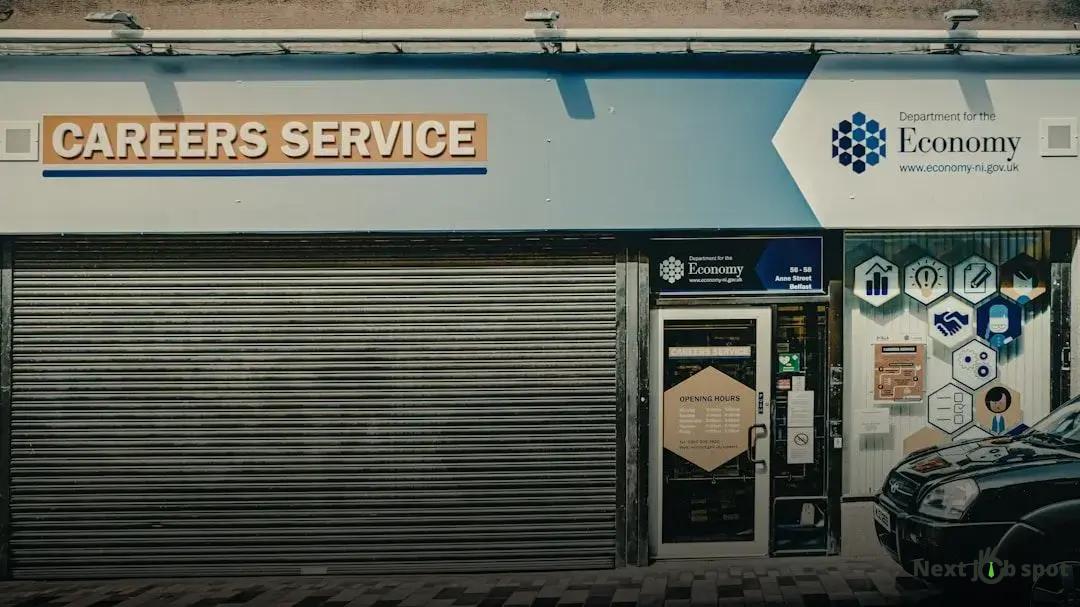Conflicts in the workplace are inevitable, but handling them professionally is crucial for maintaining a healthy work environment. Learning how to handle workplace conflicts professionally involves understanding the root causes, using effective communication, and implementing successful mediation strategies. This guide will provide you with the essential tools to manage disputes effectively and create a harmonious workspace. Whether it’s a minor disagreement or a more complex issue, knowing how to navigate these situations is a valuable skill. Let’s delve into the strategies for effectively managing conflicts in the workplace.
Understanding the Causes of Workplace Conflicts
Workplace conflicts can arise from various causes. Understanding these causes is crucial for managing disputes effectively. One primary reason for conflicts is poor communication. When messages get misunderstood, employees may feel undervalued or ignored, leading to tension. Additionally, differences in personality or work style can trigger disagreements. Employees with contrasting approaches to problem-solving might clash when working on projects together.
Another common cause is unfair workload distribution. If employees perceive that they are being burdened unfairly while others are not pulling their weight, resentment can build up. Resource limitations can also lead to frustration, especially when teams are forced to compete for what they need to complete their tasks.
Moreover, ambiguous roles and responsibilities contribute to workplace conflicts. When employees are unsure of their duties or boundaries, overlaps can happen, causing disputes over who should do what. Finally, lack of recognition can make team members feel demotivated, leading to conflict. Employees need to feel valued for their contributions to stay engaged and harmonious.
Understanding these causes is the first step towards establishing a more harmonious workplace. By addressing these root issues, organizations can mitigate many conflicts before they escalate.
Effective Communication Techniques to Resolve Conflicts

In the bustling environment of a workplace, conflicts are unavoidable. To handle these professionally, it is essential to employ effective communication techniques. One fundamental approach is active listening. This involves giving full attention to the speaker, maintaining eye contact, and providing feedback that you’re truly engaged in what they have to say. By practicing active listening, you show respect and assure others that their voice matters.
Additionally, employ empathetic communication by trying to understand the situation from the other person’s perspective. Empathy allows you to connect at a human level, reducing tension and fostering a cooperative atmosphere. Use statements like “I understand how this could be frustrating for you,” to demonstrate empathy.
Another key technique is the use of ‘I’ statements instead of ‘you’ statements. For example, say “I feel concerned when…” instead of “You always…” This helps in taking ownership of your feelings and reduces defensive reactions from others.
Encourage open dialogue by inviting all involved parties to express their views without interruptions. Establishing a neutral platform where everyone feels safe to share their thoughts can lead to constructive solutions. Use questions like “What do you think we should do to solve this issue?” to engage others actively in the conversation.
Finally, implement non-verbal communication cues. Your body language, tone of voice, and facial expressions play a significant role in conveying your message. Ensure that your non-verbal cues align with your words to foster trust and clarity.
Strategies for Mediating Workplace Disagreements
Handling workplace conflicts effectively requires a set of well-planned strategies. It’s important to remain neutral and not take sides. Mediators should focus on the issue at hand, not personal grievances. Encourage open dialogue where each party can express their viewpoint without interruption. Listening actively and acknowledging emotions can help defuse tension.
Establish clear ground rules for the mediation session, ensuring all parties agree to them. This fosters a respectful and constructive environment. Use problem-solving techniques, such as brainstorming, to explore potential solutions. It’s crucial to aim for a win-win solution where both parties feel their needs are met.
Document the Agreement
Once an agreement is reached, document it clearly. This serves as a reference point and helps prevent future misunderstandings. Follow up consistently to ensure adherence to the agreed terms and adjust the solution if necessary.
Mediation is not about deciding who is right or wrong, but about finding a path to harmony. By employing these strategies, mediators can help create a more cohesive and productive workplace.
Creating a Conflict-Resolution Plan

Importance of a Conflict-Resolution Plan
Developing a structured conflict-resolution plan is crucial in managing workplace disputes effectively. Such a plan serves as a guideline to address disagreements by providing a clear path toward resolving issues.
Identifying Key Components
A well-designed conflict-resolution plan should include specific steps that everyone can follow. Start by identifying the parties involved and clearly defining the issue. This helps in setting a solid foundation to handle the conflict systematically.
Setting Goals and Expectations
Once the dispute is defined, setting clear goals and expectations for resolution is essential. This involves outlining what each party hopes to achieve and determining what compromise might be necessary.
Effective Steps to Follow
- Encourage all parties to express their views and feelings openly but respectfully.
- Focus on interests rather than positions. Understanding the underlying needs can lead to more effective resolutions.
- Brainstorm possible solutions together and evaluate their pros and cons.
- Choose a mutually acceptable solution that meets the main interests and goals.
- Create an actionable plan to implement the chosen solution, with clear steps and timelines.
Regular Follow-Up
After a resolution is agreed upon, it is essential to set up regular follow-up meetings to ensure the conflict remains resolved and to address any new issues that might arise. Maintain open lines of communication to foster a positive working environment.


